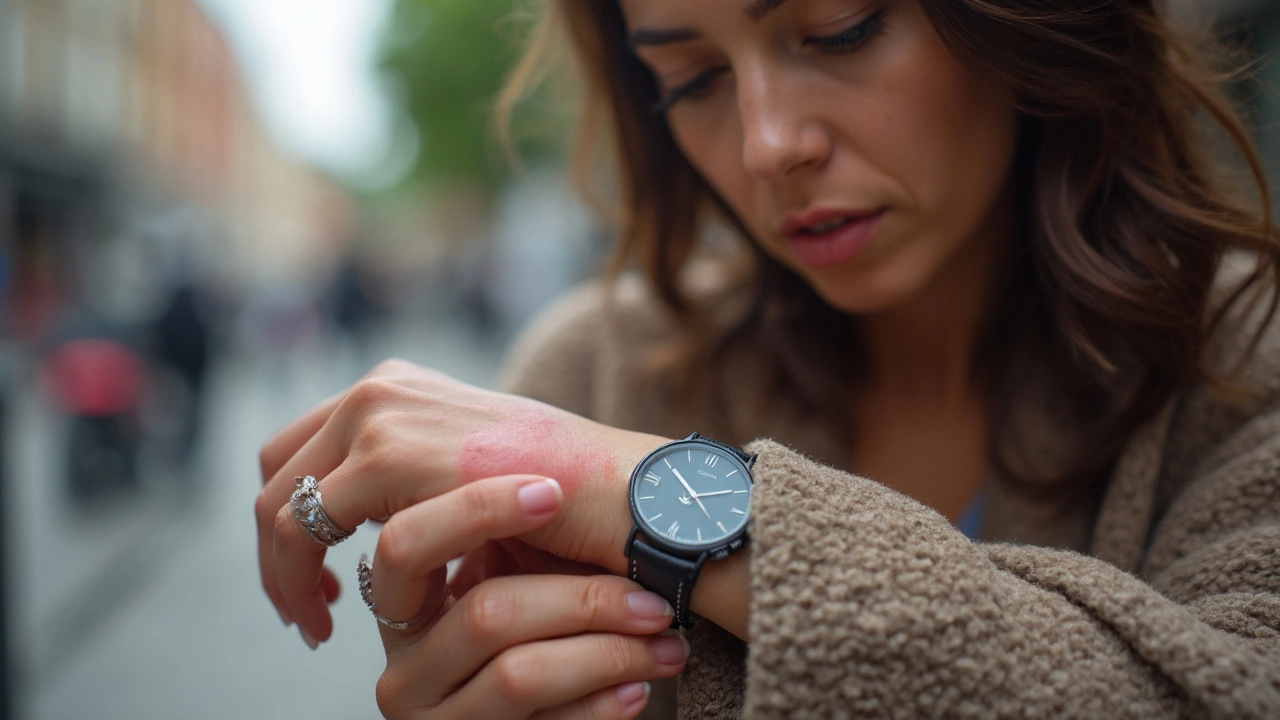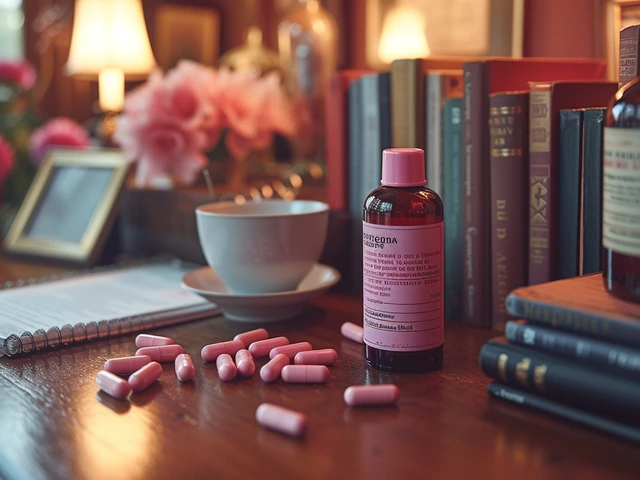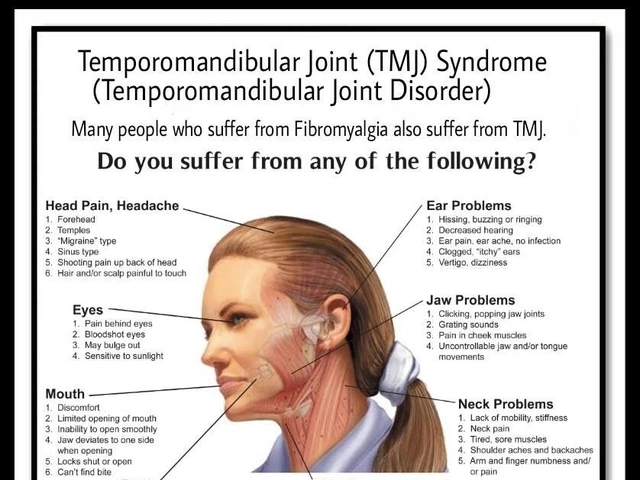Nickel Sensitivity: What It Is, Signs & Simple Relief Tips
If you’ve ever gotten a red, itchy spot after touching a metal button or jewelry, you might be dealing with nickel sensitivity. It’s not rare – about 10‑15% of people develop an allergic reaction to the metal that’s in everyday items. The good news? You can recognize it quickly and take steps to keep your skin calm.
Nickel is used in everything from coins and zippers to kitchen utensils and smartphone cases. When your skin comes into contact with nickel, your immune system may overreact, releasing chemicals that cause inflammation. That’s why you see redness, swelling, or a rash appear within minutes to hours after exposure.
Common Symptoms of Nickel Allergy
The hallmark sign is a localized rash that looks like eczema: red, raised bumps that itch intensely. You might also notice blistering, scaling, or crusty patches if the reaction lasts longer. In severe cases, the skin can become thickened and painful, especially where you wear a watch strap or belt buckle daily.
Symptoms usually stay confined to the area that touched nickel, but if you keep exposing yourself, the rash can spread. Some people report a metallic taste in their mouth after handling nickel‑coated tools – a less common but real sign of sensitivity.
How to Prevent and Treat Nickel Sensitivity
The first line of defense is avoidance. Look for “nickel‑free” labels on jewelry, watch straps, and even eyeglass frames. When you can’t avoid metal, cover it with a clear barrier like nail polish or a plastic coating before wearing.
For an existing rash, over‑the‑counter hydrocortisone cream helps reduce itching and swelling. Apply a thin layer twice daily until the skin feels better. If the reaction is widespread or painful, a short course of prescription steroids may be needed – talk to your pharmacist or doctor.
Moisturizing regularly keeps the skin barrier strong, making it less likely to react. Choose fragrance‑free creams with ceramides or hyaluronic acid and apply right after showering while the skin is still damp.
If you suspect nickel sensitivity, an allergist can run a simple patch test. They’ll place small amounts of nickel on your back and check for a reaction after 48 hours. The results confirm whether nickel is the culprit or if something else is at play.
While it’s tempting to ignore a mild rash, repeated exposure can make the allergy worse over time. Treat each flare promptly and adjust your habits – swap out that cheap necklace for a silicone one, switch to stainless‑steel cutlery, or choose leather watch straps.
In summary, nickel sensitivity shows up as an itchy, red rash after contact with metal items. Recognize the signs, avoid direct exposure when possible, and use topical creams to calm flare‑ups. With a few practical changes, you can keep your skin comfortable and stop letting nickel dictate your outfit choices.






